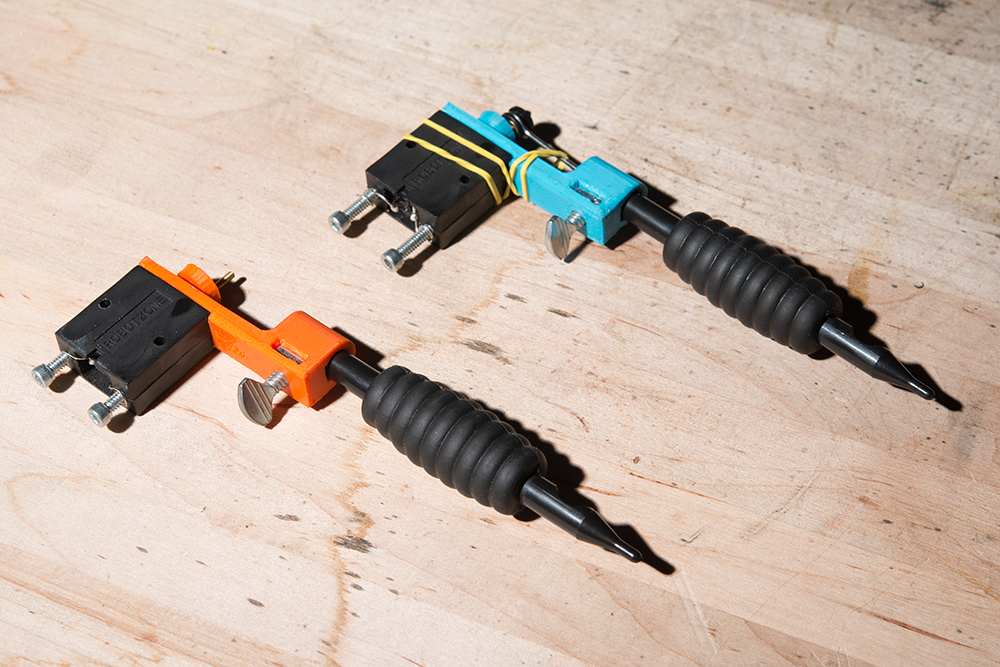вот так мы мотаем свои катушки))) www.facebook.com/vladakella.. A tattoo machine is a hand-held device generally used to create a tattoo, a permanent marking of the skin with indelible ink.modern tattoo machines use electromagnetic coils to move an armature bar up and down. connected to the armature bar is a barred needle grouping that pushes ink into the skin.. The tediousness of winding coils by hand can be alleviated by constructing a simple coil-winding machine to help with the coil-winding process. each of these parts can be made out of basic construction materials and assembled to make a functioning coil-winding machine in a matter of minutes. how to build tattoo machine coils. how to.
Tattoo machine parts - coils at a simple glance, the tattoo machine coil is a an electromagnet coil, a ferrous steel core with thin gauge enameled copper wire wound around it. you can find coils wrapped at different wrap counts that indicates the amount of copper wire used to wrap around the core which is a base indicator for the relative. Coil tattoo machines. the classic and longstanding workhorse of the tattoo industry is the mighty, handmade coil tattoo machine. for ages, old school artists have rigged their liners and shaders and pushed out amazing tattoo body art that amazes all.. The machine's frame "...he comes well prepared...squared off, 8 corners, 90 degree angles, flat top...snake eyes, block head..."-devo. having a solid base to secure the machine's components is the basic function of the tattoo machine frame.. the rigidity of the tattoo machine frame is the most important quality of a frame, so the material used in it's construction must be considered..



0 comments:
Post a Comment
Note: Only a member of this blog may post a comment.